7 Essential Tips for Maximizing Your Indoor Garden with LED Grow Lights
As the indoor gardening trend continues to flourish, the use of LED grow lights has become a crucial factor in optimizing plant growth and yield. According to a report by MarketsandMarkets, the global market for LED horticultural lighting is projected to reach $3.18 billion by 2025, driven by the increasing demand for efficient and sustainable growing solutions.
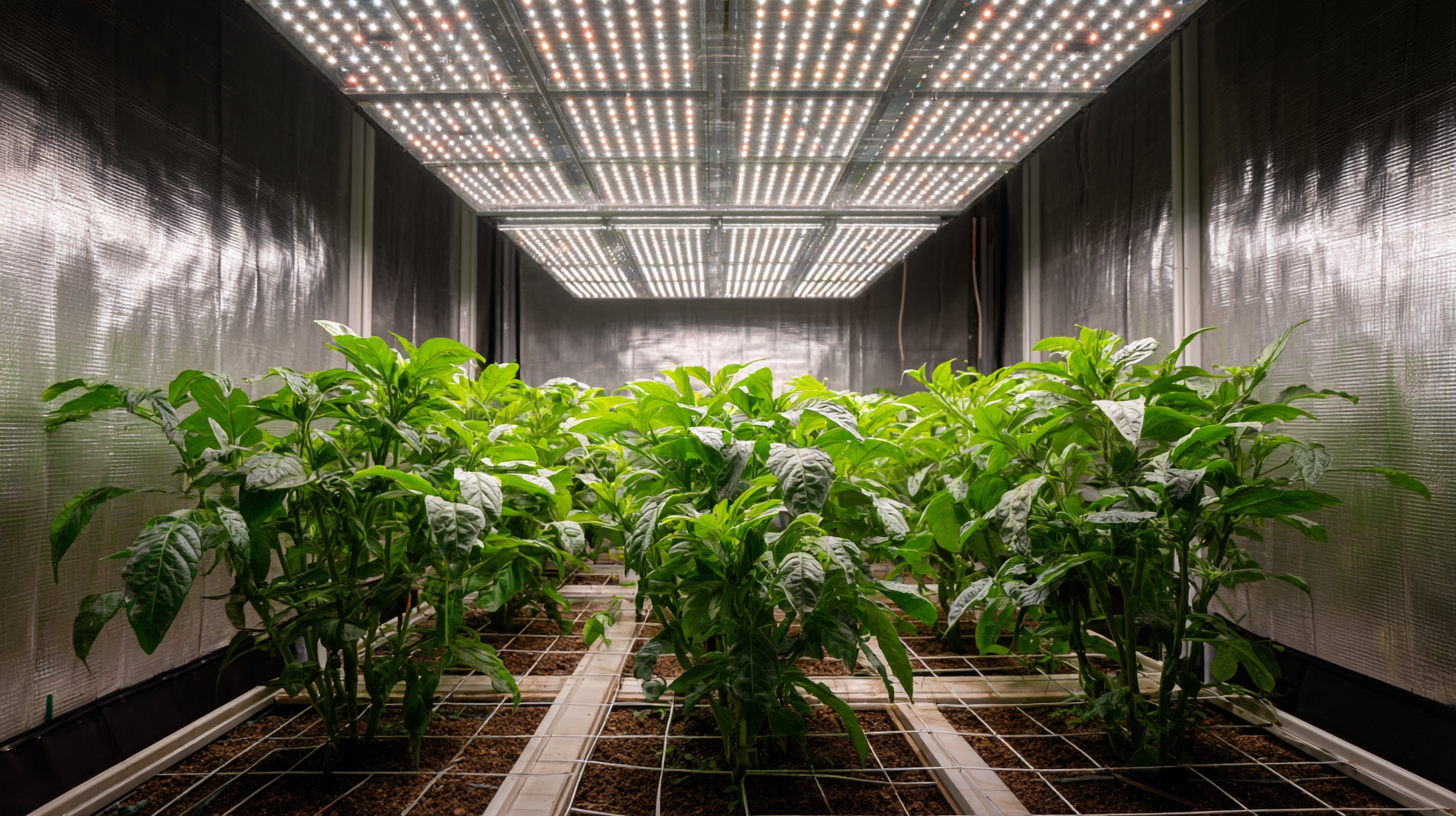
LED grow lights offer a myriad of benefits, including energy efficiency, customizable light spectra, and longer lifespans compared to traditional lighting options. However, to truly maximize the potential of your indoor garden with LED grow lights, several essential tips should be considered. By understanding how to effectively utilize these innovative lighting solutions, gardeners can enhance plant health, accelerate growth, and achieve bountiful harvests all year round.
Understanding the Benefits of LED Grow Lights for Indoor Gardening
LED grow lights have revolutionized indoor gardening, offering significant advantages over traditional lighting methods. In a report by the U.S. Department of Energy, LED lighting can reduce energy consumption by up to 75% compared to incandescent bulbs, making them not only efficient but also eco-friendly. This energy efficiency translates into lower electricity bills, allowing indoor gardeners to invest more resources into their plant care and overall garden setup.
Moreover, LED grow lights provide a full spectrum of light, which is crucial for plant growth. According to a study published in the journal "Horticultural Science," plants grown under LED lights showed a 30% increase in growth rate compared to those under fluorescent lights. The ability to customize light spectrums also enables gardeners to optimize their yields by adjusting the wavelengths to promote different growth stages, from seedling to flowering. By leveraging these benefits, indoor gardeners can create thriving environments, ultimately enhancing their gardening experience and outcomes.
Impact of Different LED Grow Light Spectrum on Plant Growth
Choosing the Right Spectrum of Light for Optimal Plant Growth
When it comes to maximizing your indoor garden, selecting the right spectrum of light is crucial for optimal plant growth. Plants rely on different wavelengths of light for various stages of their life cycles. For example, blue light (around 400-500 nm) is essential during the vegetative stage, promoting robust foliage and healthy growth. In contrast, red light (around 620-750 nm) is vital during the flowering and fruiting stages, helping plants produce blooms and fruits more effectively. Understanding these light spectrums allows you to tailor your lighting setup to meet the specific needs of your plants.
Additionally, utilizing full-spectrum LED grow lights can provide a balanced light environment that caters to all growth phases. Full-spectrum lights simulate natural sunlight, which can enhance growth rates and improve overall health. When integrating LED grow lights into your indoor garden, consider the intensity and duration of light exposure as well. Different plants may have varying requirements; for instance, leafy greens generally thrive under longer periods of light, while some fruiting plants may benefit from a light schedule that mimics natural day and night cycles. By carefully selecting light spectrums and managing exposure, you can create an optimal indoor setting for your plants to flourish.
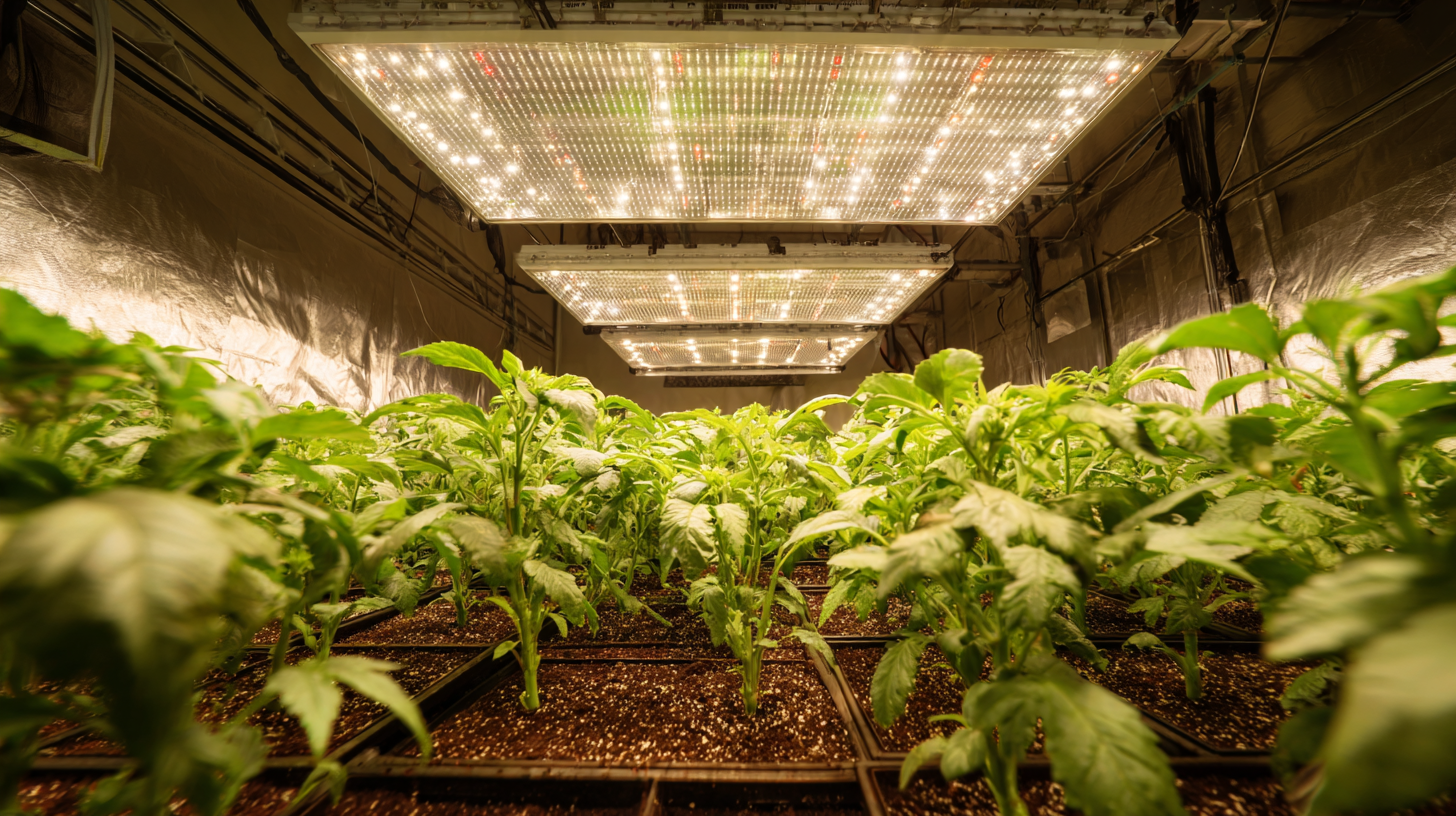
Proper Placement and Height Adjustments for Maximum Light Exposure
When it comes to optimizing your indoor garden, the placement and height of your LED grow lights play a crucial role in ensuring that your plants receive maximum light exposure. The first step in this process is to assess the specific light requirements of your plants. Different species have varying needs; for example, leafy greens may thrive under lower light intensity, while flowering plants often require more direct light. Positioning your lights according to these needs will help your plants grow healthier and more robust.
Once you understand the light requirements, adjusting the height of your LED lights becomes essential. As a general rule, the distance between the lights and the plant canopy should be approximately 12 to 24 inches. However, this can vary depending on the wattage of your lights and the growth stage of your plants. Seedlings, for example, may do better with lights placed closer to avoid stretching, while mature plants will need more distance to prevent leaf burn. Regular monitoring and minor adjustments of the light position will help ensure that your plants are getting the optimal amount of light as they grow.
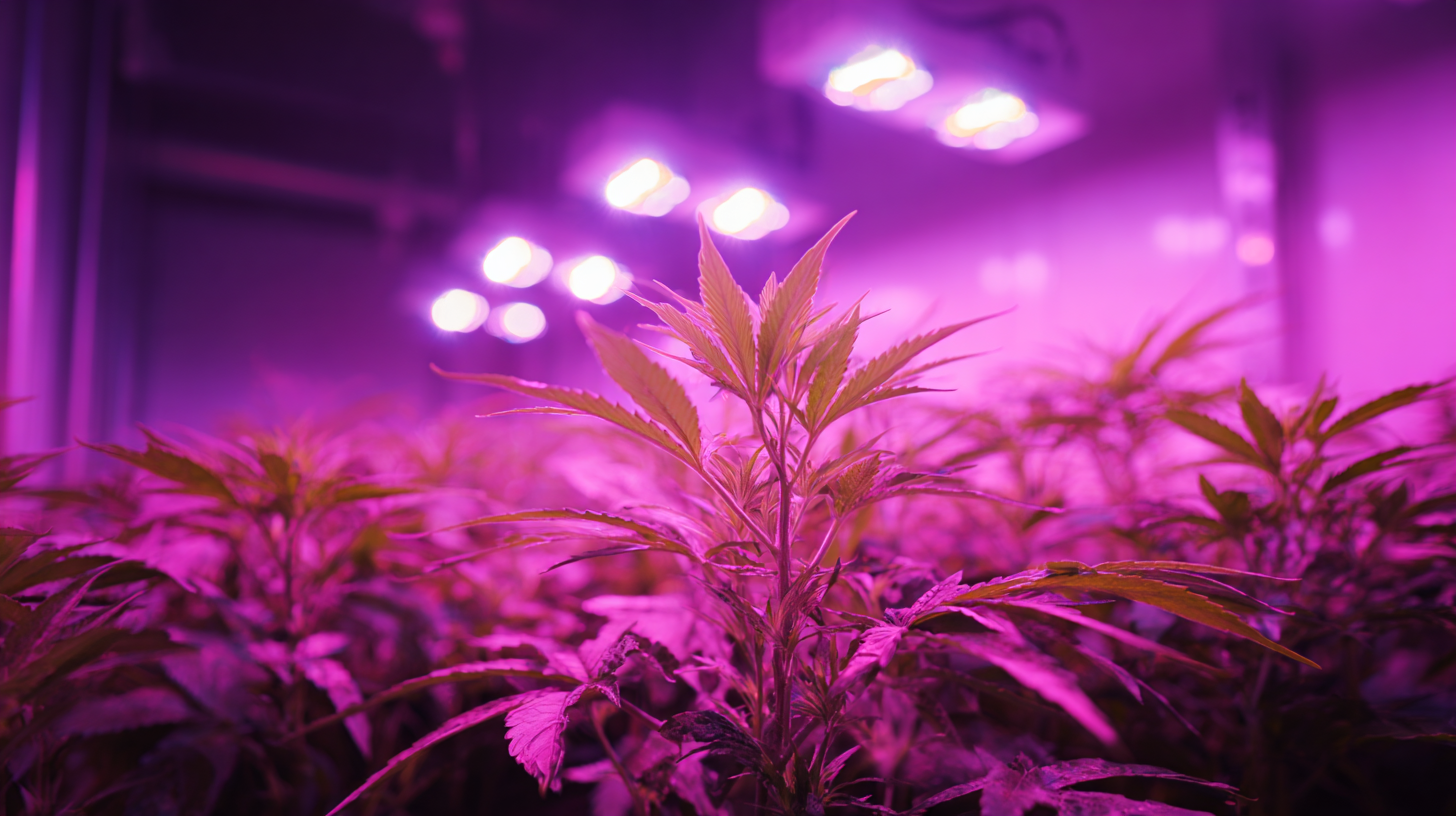
Timing Your Light Cycles for Enhanced Plant Development
When it comes to indoor gardening, timing your light cycles is crucial for optimizing plant growth and health. Plants rely on a specific photoperiod to regulate their natural processes such as photosynthesis, flowering, and fruiting. With LED grow lights, you can create an artificial environment that mimics natural sunlight, but how you time these light cycles can make all the difference.
One effective approach is to use a timer to establish a consistent light schedule. Most plants thrive on a 12-hour light and 12-hour dark cycle, especially during the flowering stage. However, some leafy greens and herbs may benefit from 18 hours of light followed by 6 hours of darkness. Observing your plants and adjusting the cycles based on their response can lead to stellar results. Additionally, consider the intensity and spectrum of the LED lights, as different growth stages may require varied light conditions to promote optimal development. By mastering the timing of your light cycles, you will enhance the overall growth and productivity of your indoor garden.
7 Essential Tips for Maximizing Your Indoor Garden with LED Grow Lights
| Tip Number | Tip Description | Recommended Light Cycle (Hours) | Best Plants for This Cycle |
|---|---|---|---|
| 1 | Use Full Spectrum LEDs | 16-18 hours | Vegetables, Herbs |
| 2 | Adjust Light Height | 14-16 hours | Flowers, Small Vegetables |
| 3 | Implement a Dark Period | 12-12 hours | Cacti, Succulents |
| 4 | Monitor Temperature | 18-22 hours | Leafy Greens |
| 5 | Use Timer for Consistency | 16 hours | Herbs like Basil, Oregano |
| 6 | Rotate Plants Regularly | 14-16 hours | Tomatoes, Peppers |
| 7 | Evaluate Plant Response | Varies by plant | All indoor plants |
Maintaining Optimal Temperature and Humidity in Your Indoor Garden
Maintaining optimal temperature and humidity is crucial for the success of your indoor garden using LED grow lights. First and foremost, you should aim to keep your grow space between 70-80°F during the day and slightly cooler at night. This range mimics natural outdoor conditions and promotes healthy plant growth. Consider investing in a high-quality thermometer and thermometer/hygrometer combo to monitor these conditions accurately.
Humidity levels also play a pivotal role; most plants thrive in humidity between 40-60%. If you find your humidity levels dropping, especially in winter, using a humidifier can help maintain the right atmosphere. Additionally, placing a tray of water near your plants can naturally increase humidity as the water evaporates. Conversely, if humidity becomes too high, consider using a dehumidifier or adding proper ventilation to prevent mold and mildew growth.
Lastly, the placement of your LED grow lights can affect both temperature and humidity. Positioning lights too close may increase heat levels, while placing them too far can reduce light efficacy. Experiment with different distances to find an optimal setup for your plants. By carefully regulating temperature and humidity, you can create a thriving environment for your indoor garden.
Related Posts
-
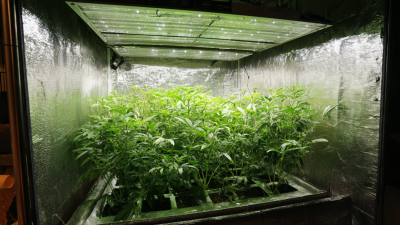
Solutions for Maximizing Yields with the Best LED Grow Light
-
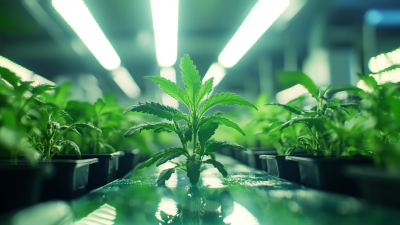
Maximizing Your Investment: How After-Sales Support and Repair Costs for LED Grow Lights Benefit Global Buyers
-
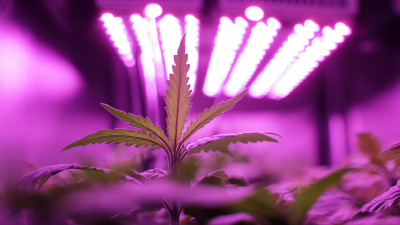
Exploring the Versatility and Advantages of Best Led Grow Light for Various Cultivation Needs
-
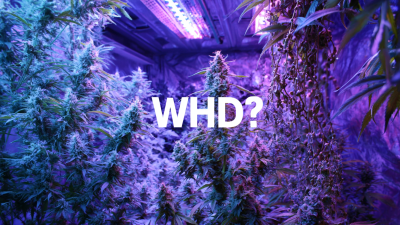
Exploring Unique Alternatives to Best Led Grow Light for Your Indoor Garden
-
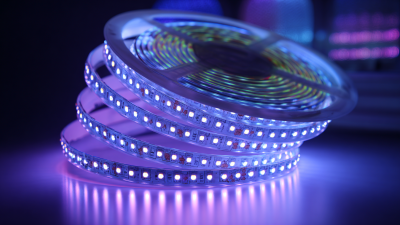
Global Trust in LED Lighting: Unmatched Quality from China's Leading Manufacturers
-
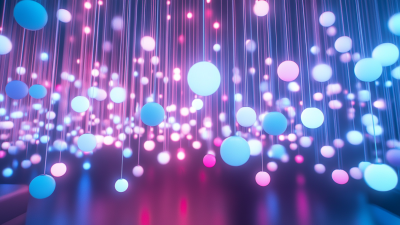
Illuminate Your Space with Innovative Led Lighting Solutions for Global Buyers
